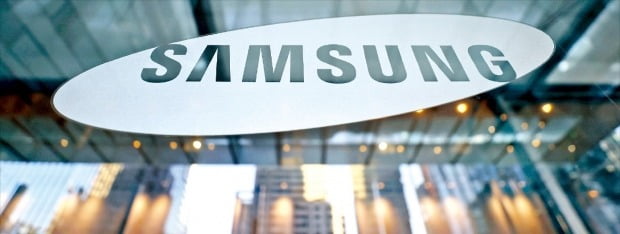
Photo = Yonhap News
Samsung Electronics’ fourth quarter performance was caught up in the exchange rate. Operating profit decreased by 27% compared to the previous quarter, which was largely affected by the sudden drop in the won-dollar exchange rate from October last year. Even if you left $100 by selling things, the amount converted to won was smaller than the previous quarter. The price of memory semiconductors, the flagship product, and the re-proliferation of the novel coronavirus infection (Corona 19) in Europe were also overwhelmed.
Decreased profit converted to won
On the 8th, Samsung Electronics released its provisional results for the fourth quarter of last year, with sales of 61 trillion won and operating profit of 9 trillion won. From the previous quarter, sales fell 8.9% and operating profit fell 27.1%. Operating profit was 3.7% below the consensus (average of securities firms’ forecast) of 9,3461 billion won. On the other hand, compared to a year ago, sales surged 1.9% and operating profit surged 25.7%. This is the reason why there is an evaluation of’saved’ in Corona 19.

The decline in operating profit compared to the previous quarter was largely affected by the decline in the exchange rate. According to the Bank of Korea, the won-dollar exchange rate fell 7.3% from 1173 won to 50 won at the end of September last year to 1088 won three months later. Due to the sales structure of Samsung Electronics, which has a high proportion of dollar payments, as the overseas sales share (based on a separate basis in the third quarter of 2020) reached 86.9%. This is because even if you earn the same $100, if the exchange rate falls, the amount converted to won will decrease.
DRAM prices of flagship products also fell by 9%
In the semiconductor business, which accounts for nearly 30% of total sales, the price drop of the flagship product, memory semiconductor, was painful. According to DRAMeXchange, the price of general-purpose products for DRAM PCs fell 8.9% from 3.13 dollars in September last year to 2.85 dollars in December. NAND flash semiconductors also fell 3.4% over the same period. Server companies, which accumulated inventory in the first half of last year, reduced purchases. Foundry (consigned semiconductor production), which attracted large fabless (semiconductor design companies) such as Qualcomm and Nvidia as customers, failed to defend against the slowdown in memory performance.
Samsung Electronics did not disclose the performance of each division on the day, but the stock price estimates that the semiconductor business’ operating profit was barely pulled at 4 trillion won. This is a decrease of more than 25% from the third quarter, which recorded the highest quarterly operating profit (5.4 trillion won) since 2019 due to the influence of Huawei’s urgent orders.
Display’s highest profit in 14 quarters
The TV and household appliances business, which saw the effect of consumption of the backlash (pent-up) from Corona 19 in the third quarter of last year, also lowered their heads in the fourth quarter. Securities companies estimate that the operating profit of the CE (consumer electronics) division, which includes TV and home appliances, fell from 1.56 trillion won in the third quarter of last year to 800 billion won in the fourth quarter. In the fourth quarter, the re-proliferation of Corona 19 in Europe had a large impact on consumer sentiment. The increase in discount sales and marketing expenses to respond to the US’s end-of-year shopping season is also considered to be the cause of the slowdown in operating profit.
It is the display business that has set face. It is estimated to have reached the highest level since the second quarter of 2017 with an operating profit of 1.6 trillion won. It is analyzed due to the increase in sales of small and medium-sized OLED (organic light emitting diode) panels supplied to Apple’s iPhone 12.
Samsung Electronics’ quarterly operating profit is expected to re-enter around 10 trillion won in the second quarter of this year. This is because DRAM prices start to rebound from 1Q and are expected to show a’definite rise’ in the coming 2Q. The recently unveiled mini LED TV’NEO QLED’ and customized refrigerator Bespoke are also expected to rebound due to the North American launch (March).
Reporter Hwang Jeong-soo [email protected]
Ⓒ Hankyung.com prohibits unauthorized reproduction and redistribution
